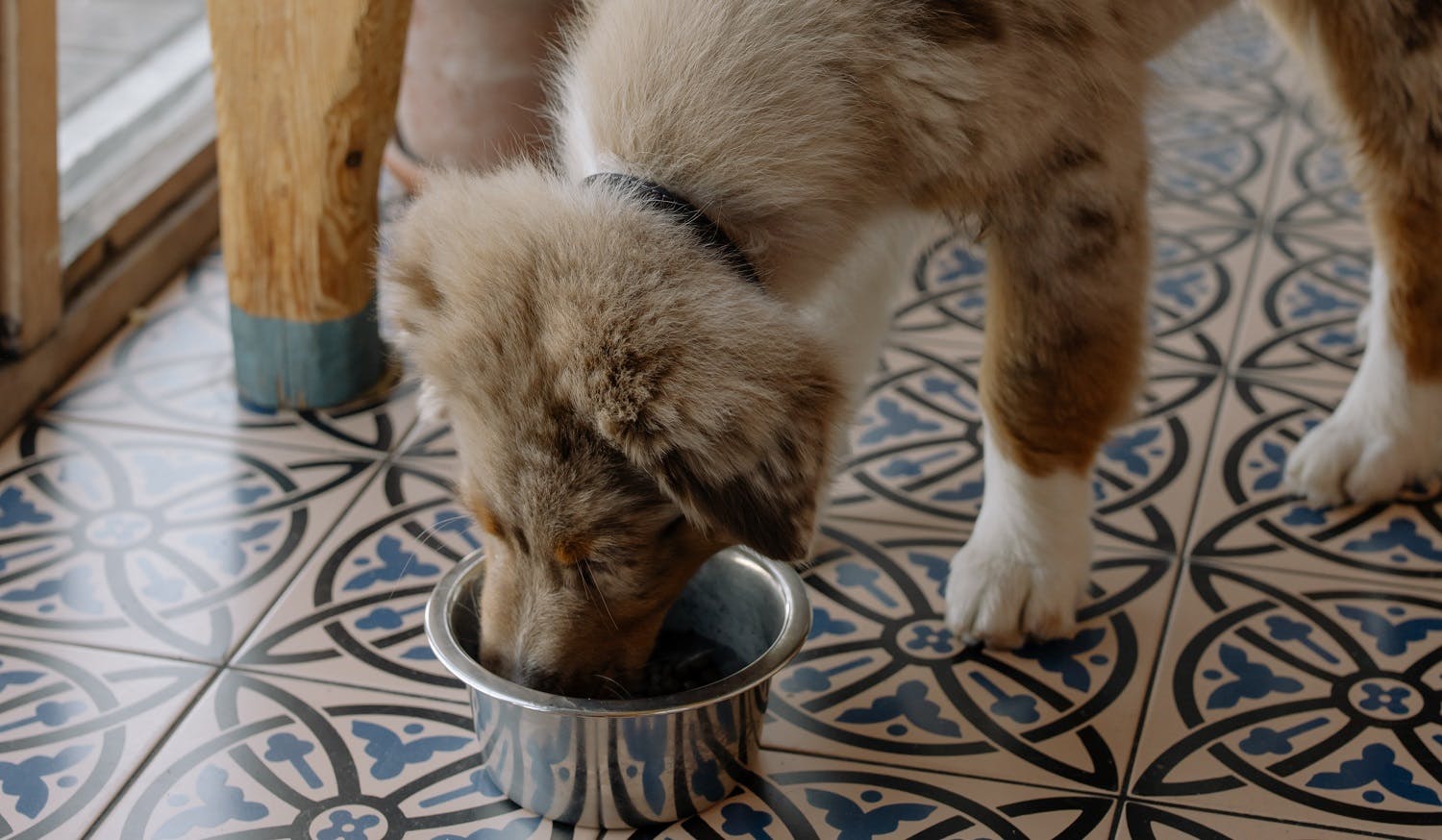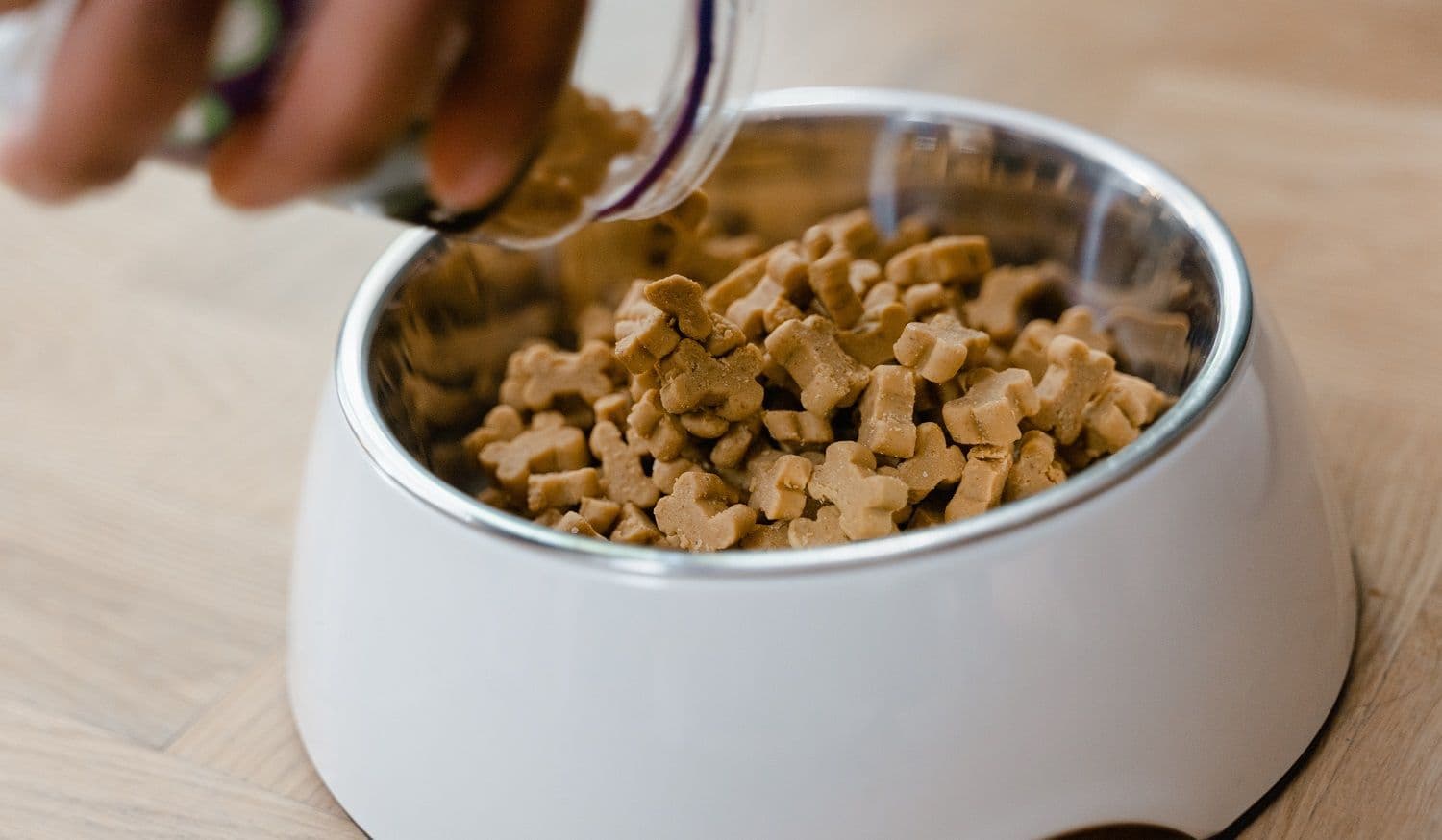Choosing the Best Dog Food: A Comprehensive Guide
In an ideal world, all dog food would be of the same quality. However, dog owners are confronted with a dizzying array of options, each claiming to be the best dog food on the market. It can be challenging to sift through these options to select a dog food brand that is healthy, affordable, and appealing to your pet.
Unlike cats, dogs are not strict carnivores. While meat makes up the majority of their diet, cereals, fruits, and vegetables can also provide nutrition to domestic dogs. These non-meat foods are not just fillers; they can also be a good source of vitamins, minerals, and fiber. A high-quality dog meal will include meat, vegetables, grains, and fruits. The best dog foods contain high-quality versions of these ingredients that are digestible for your dog.
How to Choose the Best Dog Food
All dogs need different nutrients to stay healthy, so there is no one-size-fits-all excellent dog food. You may notice dog food for puppies, elderly dogs, adults, and dogs with special nutritional needs at the pet store. Puppies, senior dogs, and dogs with food allergies or other health issues all require different nutrients in their diet to stay healthy.
Why is Dog Food Important for Your Dog’s Health?
Your canine companion's nutritional needs should be met by the best dog food. While most commercial dog food brands are specifically designed to meet at least the basic nutritional needs of dogs, it is crucial to understand that not every dog has the same nutritional requirements.
Dogs require a variety of nutrients in different amounts throughout their lifespan. A puppy's nutritional needs differ from those of an adult dog, so feeding a puppy formula or an "all life stages" diet to your young dog is a good idea.

How to Choose the Best Food for Your Dog
Puppies, geriatric dogs, overweight dogs, pregnant dogs, and dogs with special health needs all have different nutritional requirements. Other factors must be considered when deciding on the type of food to give your pet. Finally, as your dog grows and develops, his nutritional needs and food preferences will change.
1. Talk To Your Veterinarian
Many factors must be considered when examining a dog's nutritional needs to ensure and promote optimal health. Good nutrition that you can trust and that targets the pet's specific needs based on a professional Nutritional Assessment can significantly improve a pet's quality of life.
When a veterinarian first evaluates a pet, a Basic Nutritional Assessment screening should be conducted. When you visit your veterinarian for an annual wellness exam, please tell him or her about anything and everything about your pet that you believe is vital for your pet's overall quality of life. This includes new or existing behavioral issues, environmental or societal changes, and, most importantly, dietary choices.
2. Consider Age and Activity Levels
When selecting dog food for your pet, consideration for their physical attributes is crucial. For instance, a puppy's nutritional needs are very different from those of an older dog. Breeds with high levels of activity, like Labrador retrievers, have very different needs than those of a less active dog, such as a bichon frise.
To ensure that your dog is receiving the proper nourishment, choose a meal that is designed for the life stage he is in. Puppies require high-quality protein in their diets to support their developing muscles. Senior dogs may require food that contains fewer calories and less fat.
3. Choose Protein-Rich Foods
A comprehensive, well-balanced diet for your dog must include protein. Amino acids, which are considered the fundamental components of protein, are used to make proteins. The amino acids your dog needs to stay healthy and happy must be present in the food he eats.
- Muscle Meat. This refers to meat that comes from muscles like the thigh or the muscles around the ribcage.
- Organs. Your dog gets high-quality protein from beneficial animal sources. A significant portion of a dog's food in the wild consists of nutrient-rich internal organs.
- Animal protein. This is a catch-all term that refers to a variety of animal-related protein sources. They include pork, beef, fish, and poultry (chicken, turkey, and duck). Animal products like hearts, livers, kidneys, and lungs, as well as meals made from them, are all wholesome sources of animal protein, as is muscle meat.
- Grains and oil seeds. Protein is also present in numerous grains and oilseeds, including soybeans, corn, and wheat.

4. Avoid Artificial Ingredients
The first thing that comes to mind when you consider what to feed your dog is dog food, and for good reason. Despite its name, this food is an excellent choice because it has the essential nutrients your dog needs to grow into a healthy, energetic adult.
However, not all ingredients in dog food are healthy for your dog. Some of them are nutritionally insignificant to nonexistent, while others serve primarily as fillers or preservatives. What's the risky part, then? Some pet food additives can endanger your dog's life.
As a responsible pet owner, it pays to carefully review the ingredients in the food you give your dog. Here are ten ingredients in dog food that should be avoided:
- BHA (Butylated Hydroxy Anisole)
- White Flour
- Meat Meal
- Artificial Food Coloring
- Corn Syrup
- Rendered Fat
- Vegetable Oil
- Farmed Salmon
- Nitrates/Nitrites
- Melamine
5. Add More Variety To Their Diet
When introducing fresh foods to your dog's diet, keep the following considerations in mind. Reduce the amount of commercial food your dog eats to avoid feeding it more overall calories, which could result in unhealthy weight gain. Approximately 25% of total calories should come from fresh food; if you feed more than that, you must ensure to provide a suitable variety of foods to maintain a complete and balanced diet.
Some of the best items to include in your dog's diet are:
- Eggs
- Yogurt
- Sardines
- Vegetables and Fruits
- Healthy Leftovers
6. Think About Any Special Needs
For diabetic dogs, both high-carbohydrate and high-protein diets have been suggested; hence, there are two conflicting points of view. But to manage your dog's blood sugar, both of these must act in conjunction with insulin. Additional fiber has been used in studies with modest success to reduce caloric intake and improve glycemic control.
The digestibility seems to be the most crucial factor. Complex carbs prevent blood sugar fluctuations by slowing digestion and absorbing glucose. Always consult your veterinarian's team before changing your dog's food if they have been diagnosed with diabetes.
Conclusion
Natural dog food has a wide range of benefits. Because there isn't any extra rubbish that could affect your family or your dog, you can feel good about your dog's diet, and they will have a healthier physique. It's also unlikely that they might be consuming something harmful from those mystery meats in cans at the grocery store since you know exactly what is going into the food. Instead of feeding your pet processed food, feed them high-quality organic ingredients since they digest more easily and experience fewer flatulence, itching, and other unpleasant side effects.
For more information, talk to one of our Pet Experts and get customized advice by submitting a request in our Mavyn website.
